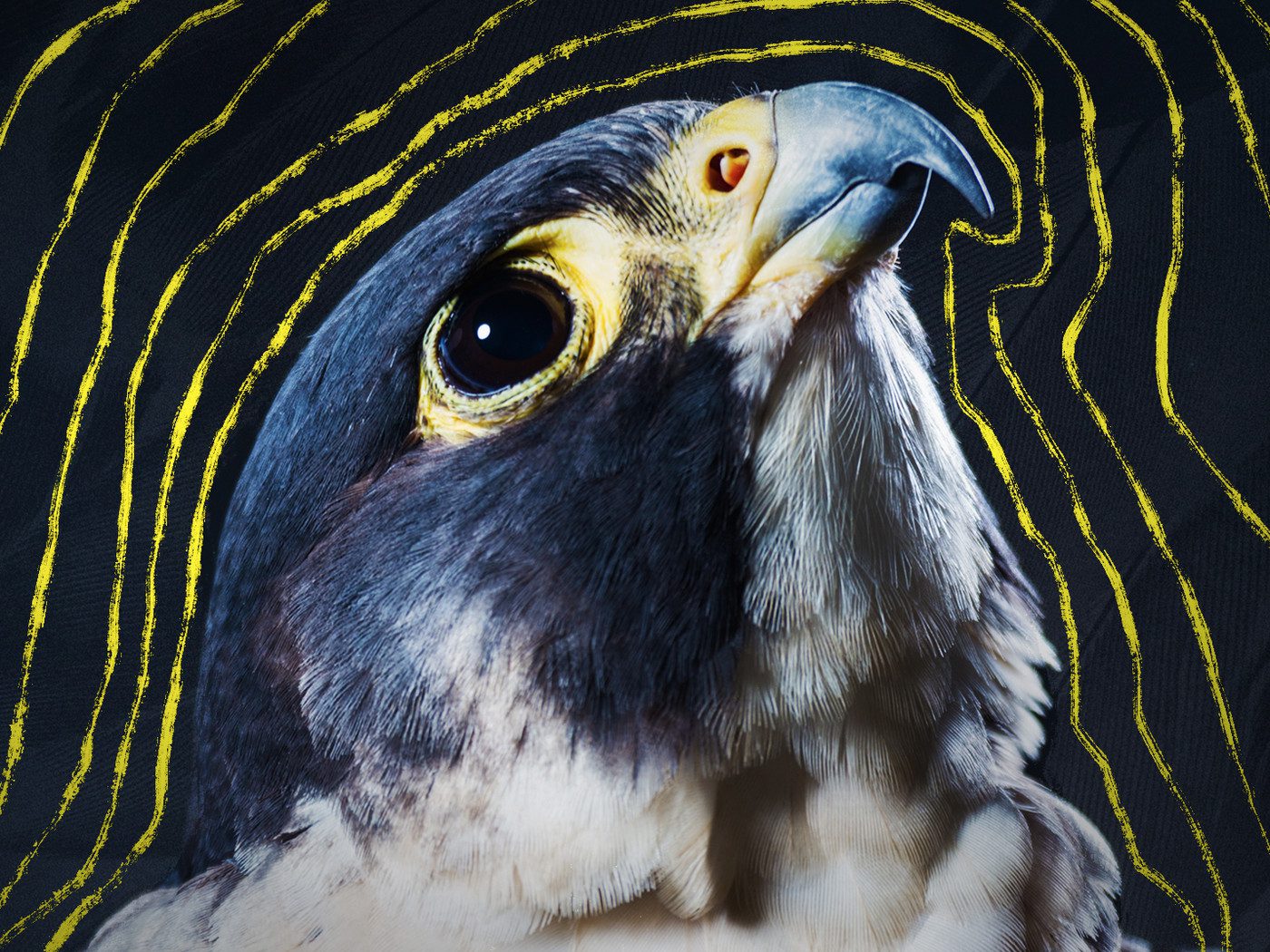The article discusses the speed capabilities of the cheetah, the world’s fastest land animal reaching up to 60mph, and the peregrine falcon, the fastest overall creature able to hit 240mph in high-speed dives. Despite the cheetah’s short sprint limit due to overheating risk and the falcon’s dependency on high altitudes for speed, both animals exhibit unique hunting strategies and adaptations. Cheetahs possess lean bodies, flexible spines, large nostrils, and non-retractable claws, while falcons have pointed wings, aerodynamic bodies, strong chest muscles, and special nasal passages for high-speed respiration. Both species illustrate nature’s impressive engineering.
The Cheetah vs. The Peregrine Falcon: The Ultimate Speed Showdown
In the animal kingdom, speed often determines survival, from evading predators to catching prey. Two animals in particular stand out for their incredible speed capabilities: the cheetah and the peregrine falcon. Both known for their incredible velocity, these animals provide a unique comparison as top speedsters in their respective domains, land and air.
Overview: Cheetah and Peregrine Falcon
The Cheetah
Native to Africa and parts of Iran, the cheetah is the world’s fastest land animal. It is a large feline capable of reaching breathtaking land speeds of up to 60 miles per hour (mph).
The Peregrine Falcon
On the other hand, the peregrine falcon, widely distributed throughout the world except for extreme polar regions, high mountains, and most tropical rainforests, holds the title for the fastest animal overall. This bird of prey can reach speeds of up to 240 mph during high-speed dives to catch prey.
Comparing the Speed: Land vs. Air
Cheetah’s Speed
When chasing prey, a cheetah gradually accelerates, reaching its top speed within seconds. This fast acceleration is achieved due to the cheetah’s lean body and lightweight frame. Notably, it can only maintain these high speeds for short periods (around 20-30 seconds) due to the risk of overheating. During the sprint, a cheetah covers an astonishing 20 to 22 feet in a single stride, and its body can make up to four strides per second.
Peregrine Falcon’s Speed
The peregrine falcon exhibits its amazing speed during their characteristic hunting stoop (high-speed dive). In this dive, the falcon soars to a great height, then dives steeply at incredibly fast speeds, hitting one wing of its prey so as not to injure itself on impact. The falcon’s compact, streamlined body shape, strong chest muscles, and long, pointed wings contribute significantly to achieving such impressive speed.
Contrasting their Hunting Techniques
Cheetah’s Hunting Technique
The cheetah, unlike most predators, hunts during the day to avoid competition. They rely heavily on their incredible speed during the brief, blistering chase, but they are also strategic hunters. Using their excellent eyesight, they identify their target from a distance and stealthily get as close as possible before launching their attack.
Peregrine Falcon’s Hunting Technique
Contrastingly, peregrine falcons are opportunistic hunters, active at dawn and dusk when their prey, mostly other birds, are most accessible. With their excellent vision, they spot their target from high altitude, fold their wings into a shape to minimize air resistance, and begin their swift, powerful dive, catching their prey off guard.
Adaptations for Speed
Cheetah’s Adaptations
A number of physical adaptations assist the cheetah in achieving its astonishing speed. They have a lean body and a flexible spine, allowing it to stretch its body while running at full speed. Additionally, its large nostrils enable fast oxygen intake, and non-retractable claws provide better grip on the ground.
Peregrine Falcon’s Adaptations
The peregrine falcon’s incredible speed is also due to a series of adaptations. Its pointed wings and aerodynamic body shape reduce drag and enable agile flight. Moreover, it has strong chest muscles for rapid wing-beating and specialized nasal passages that enable breathing during high-speed dives.
Conclusion
In conclusion, both the cheetah and the peregrine falcon are speed specialists in their respective habitats, each displaying unique strategies and adaptations that enable their impressive velocity. Despite the differences in their environments and hunting techniques, they both stand as remarkable examples of nature’s engineering.
